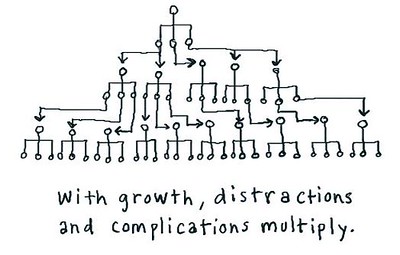In an October report, Complete College America analyzed completion data for college students. CCA found that part-time community college students are least likely to complete a degree. Nearly eight out of ten students enrolled part-time do not complete a degree within six years.
For community college administrators who are concerned about the “enrollment cliff,” the response seems to be front and center: instead of looking to enroll a large number of new students each fall, why not make a more concerted effort to retain the students who have already begun work on a degree?
For students enrolled less than full-time, it is important to understand why they’re enrolling in fewer credits. To maintain a true “part-time” status, community college students should enroll in 15 credits per year. In this approach, community college students can finish an associate degree in four years.
But many part-time students don’t enroll in courses at this pace. On average, WCC students enroll in slightly more than 12 credits per year. At this pace, it would take a part-time student at WCC five years to finish a two-year degree. According to CCA, encouraging community college students to complete 15 credits per calendar year would have a positive impact on completion rates.
Another successful approach is to have students create an overall academic plan that includes the courses a student needs to take each semester. There’s no nice way to say this; the academic advising at WCC is marginal at best. Long ago, full-time instructors provided academic advising to students. Students got the information they needed about program completion from the people who designed the programs. Since WCC has moved to using dedicated academic advisors, the quality of the academic advising has declined.
Community college students need better advising
Improving academic advising would help community college students complete programs faster and would reduce or eliminate the costs associated with taking classes that do not count toward a degree or transfer agreement. When this occurs, it pushes students further away from their goals, increases their cost of attendance and potentially wastes limited financial aid. Allowing students to create a detailed path for completing a program of study at the time of first enrollment helps them identify the classes they need to take (and when), so they know what they need to register for and when.
Another idea that CCA promotes is allowing students to register for multiple semesters at one time. While this means having the schedule available well in advance, registering for multiple semesters at a time reinforces the commitment required to complete a degree program.
These are all administrative functions that are either non-existent at WCC or simply ineffectual. WCC’s administration is large enough to implement practices that prioritize and support effective student retention. Unfortunately, its overgrown administration is focused on foolishness like building a hotel, so more important and more mission-centric activities (like student retention) receive limited attention.
Photo Credit: Dave Gray , via Flickr























